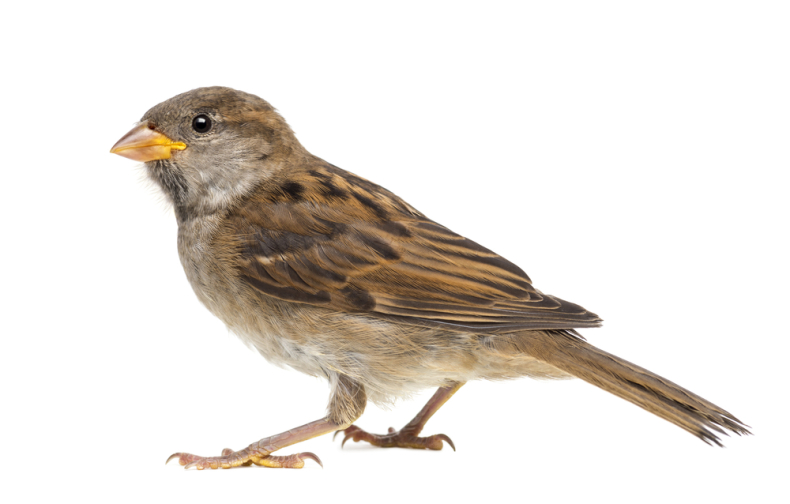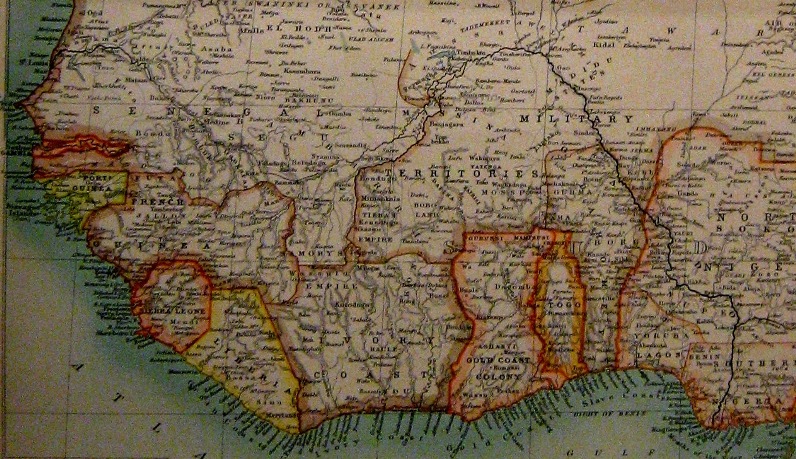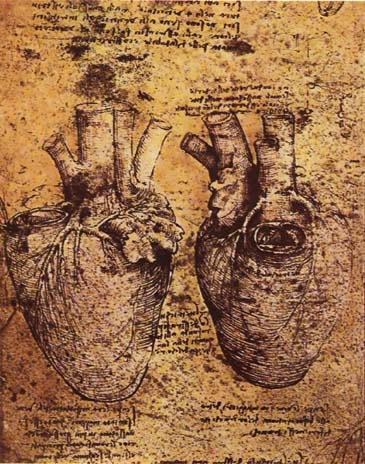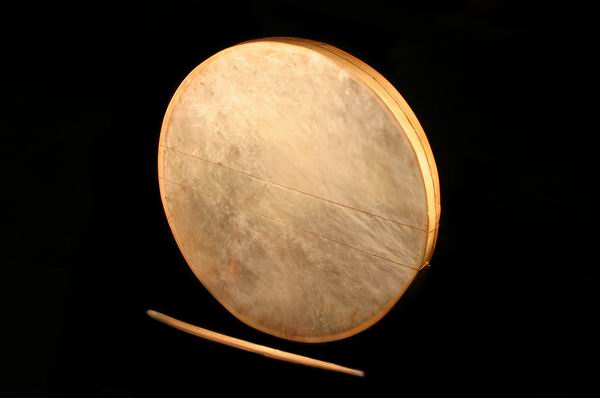Last week, Lockheed announced it had a small team working on what it calls a Compact Fusion Reactor. Fusion is the opposite of fission that’s used in nuclear plants today; it can produce enormous amounts of energy; the fuel for itis cheap and plentiful; a small fusion engine would solve the world’s energy problems. I first wrote about fusion energy maybe 30 years ago; the saying then was “fusion is always 20 years away.” Lockheed now says they’re “as little as 10 years” away. So my fusion-knowledge is clearly out of date. I asked my friends and colleagues, Geoff Brumfiel who has written a lot about fusion, and Sharon Weinberger who writes about national security and technology, to explain what Lockheed could possibly be talking about.
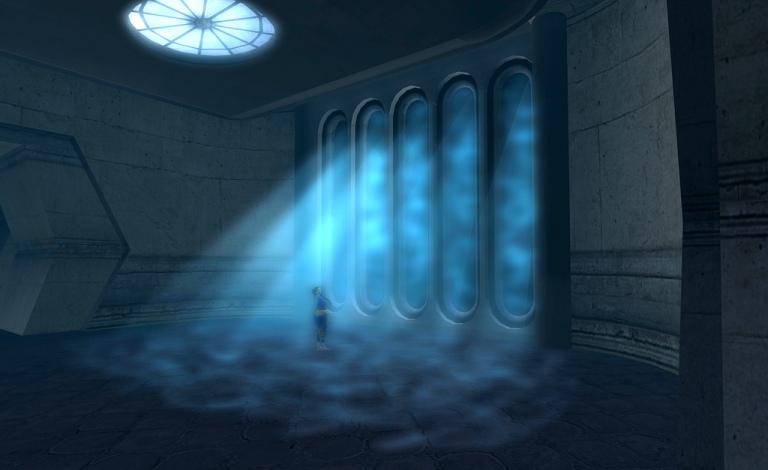 Ann: So Lockheed is saying its airplanes could run on fusion, or something like that. How can aircraft run on fusion anyway? Given that fusion is what powers the sun and h-bombs, wouldn’t that be a little dangerous? or just hot? Anyway, didn’t the Starship Enterprise already run on fusion? While I pondered these questions, Geoff sent along the Lockheed press release which ends with, “Do you have any questions?” Well, Geoff, do you? I trust they’re better than mine.
Ann: So Lockheed is saying its airplanes could run on fusion, or something like that. How can aircraft run on fusion anyway? Given that fusion is what powers the sun and h-bombs, wouldn’t that be a little dangerous? or just hot? Anyway, didn’t the Starship Enterprise already run on fusion? While I pondered these questions, Geoff sent along the Lockheed press release which ends with, “Do you have any questions?” Well, Geoff, do you? I trust they’re better than mine.
Geoff: To really know whether a fusion device like this will work requires a detailed understanding of the technology and geometry of the machine. And because the interactions of the fuel inside a machine like this are so complex–you also have to review some real data. To say whether this new concept will work, I’d want to ask lots of questions along those lines.
And yet, I don’t want to ask those questions, because narratively this fits the classic mold of a fusion machine that won’t work (or at least won’t work without a lot of money):
- It’s being developed by people outside the field of fusion research.
- They think they can make it compact, which is notoriously hard to do.
- And they’re promising to do it quickly, but they haven’t done it yet.
I’ve seen this story too many times before: In roughly chronological order, we have the Huemul Project, the British Z-pinch, The Farnsworth Fusor, Cold Fusion, The Polywell Machine, Bubble Fusion, General Fusion… Just writing that list makes me feel tired.
Ann: So because this is a classic failure story, does that mean it won’t happen this time? Continue reading
